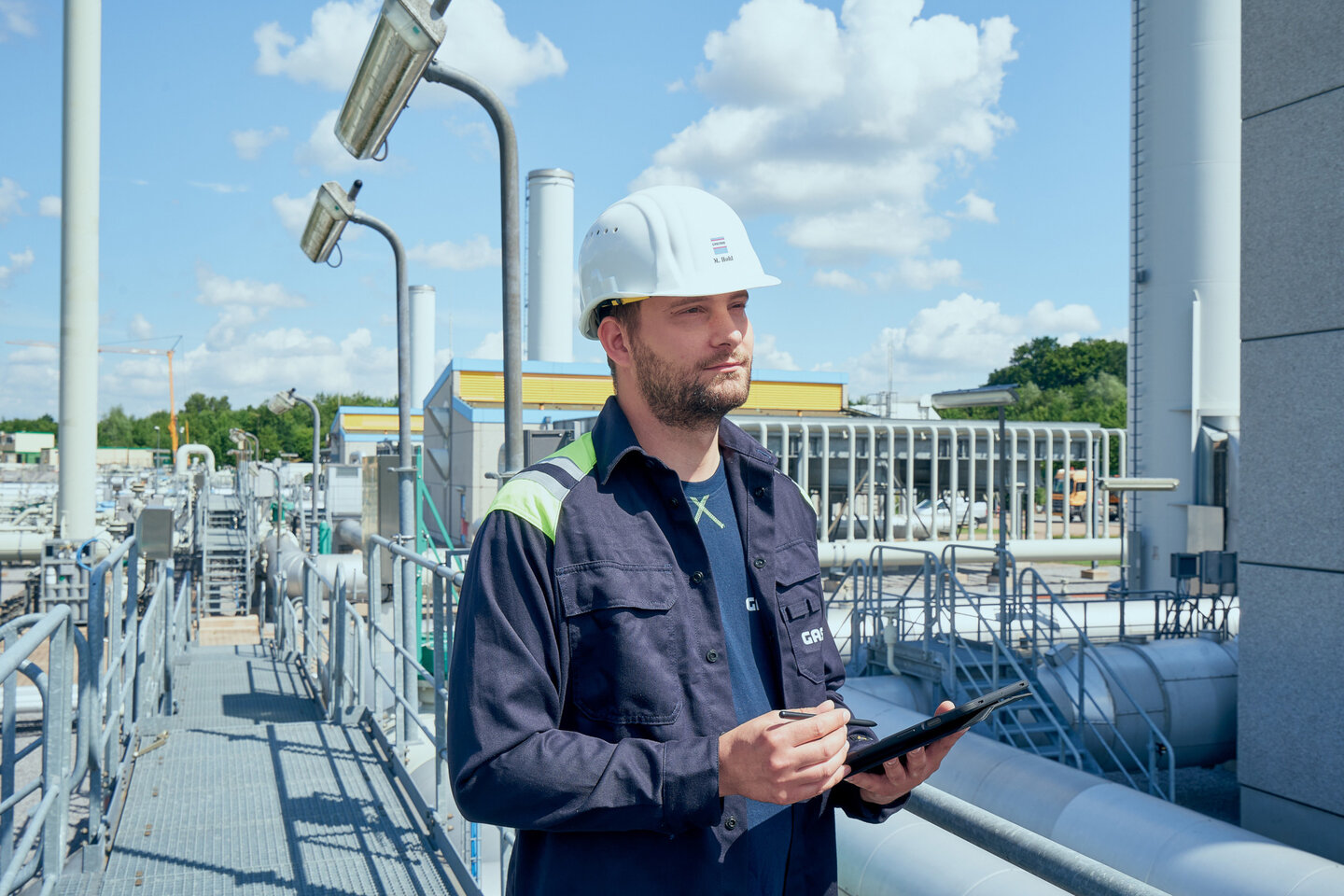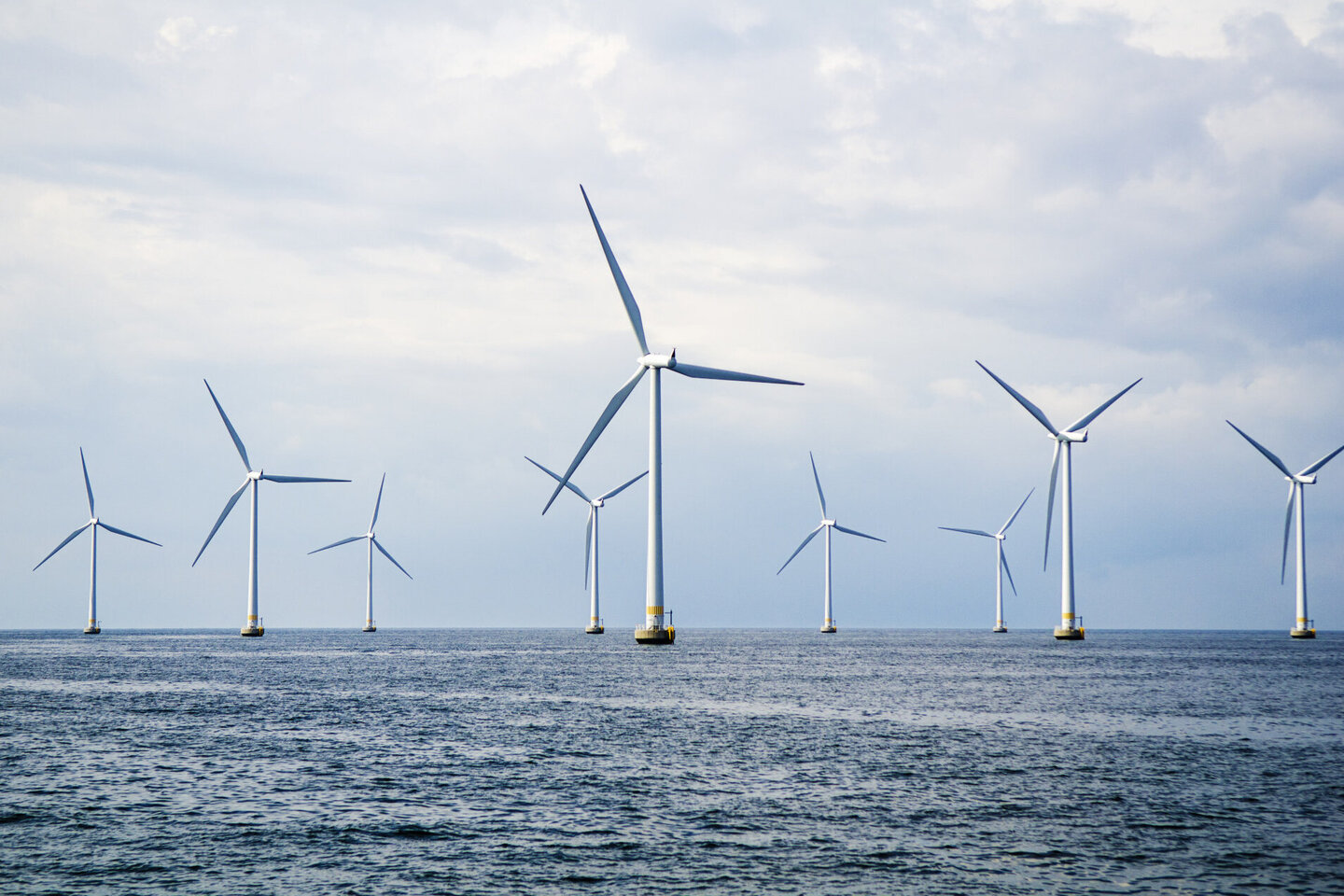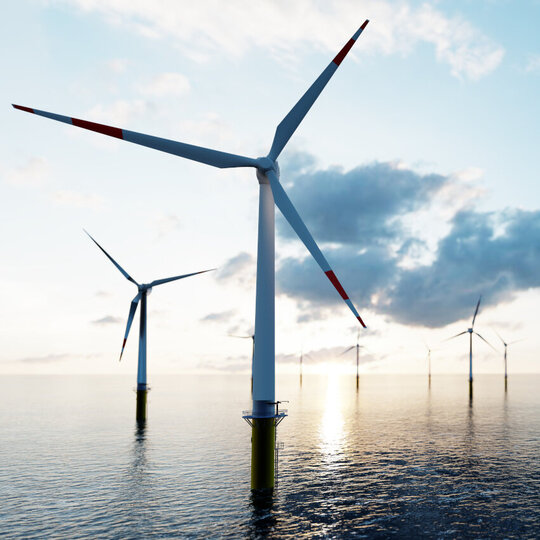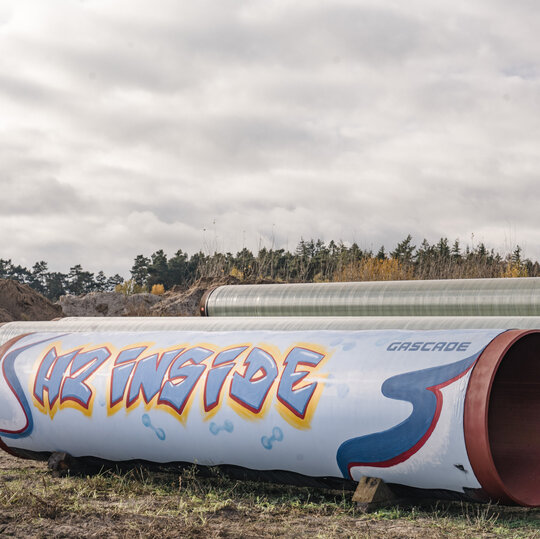Hydrogen produced on a climate-neutral basis is a central part of the energy transition and future supply security. That is why we are pressing rapidly ahead with expanding the infrastructure: As early as 2025, we want to transport large quantities of hydrogen from its production sites to the consumer centres in Germany and to our European neighbours.
Together with our partners, we are working intensively on the hydrogen market ramp-up. We are contributing our expertise in developing and expanding the hydrogen core network. At the same time, we are applying our know-how and experience to the technical challenges posed by the transformation of the natural gas network into a transport infrastructure for hydrogen.











![[Translate to Englisch:]](/fileadmin/_processed_/d/9/csm_Flandrich_Dirk_725e9a384d.png)
![[Translate to Englisch:]](/fileadmin/_processed_/6/0/csm_Reimuth_Oliver_8cbbd4dbb4.png)

